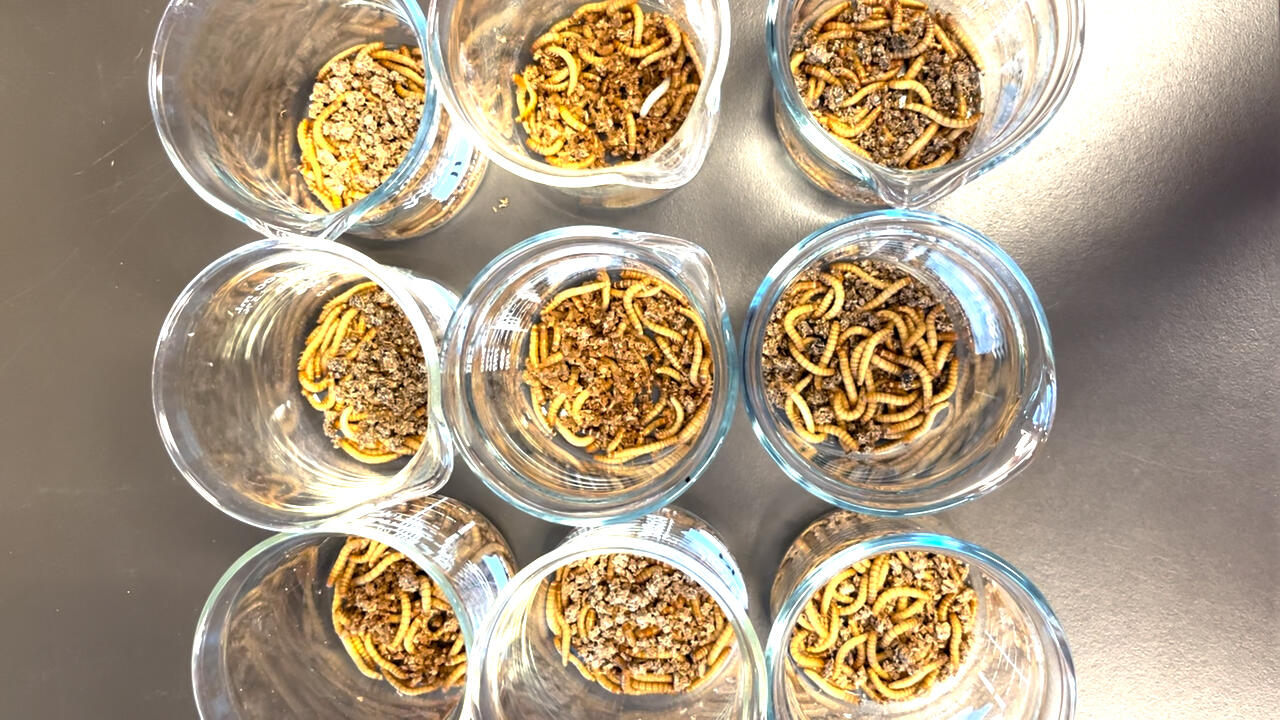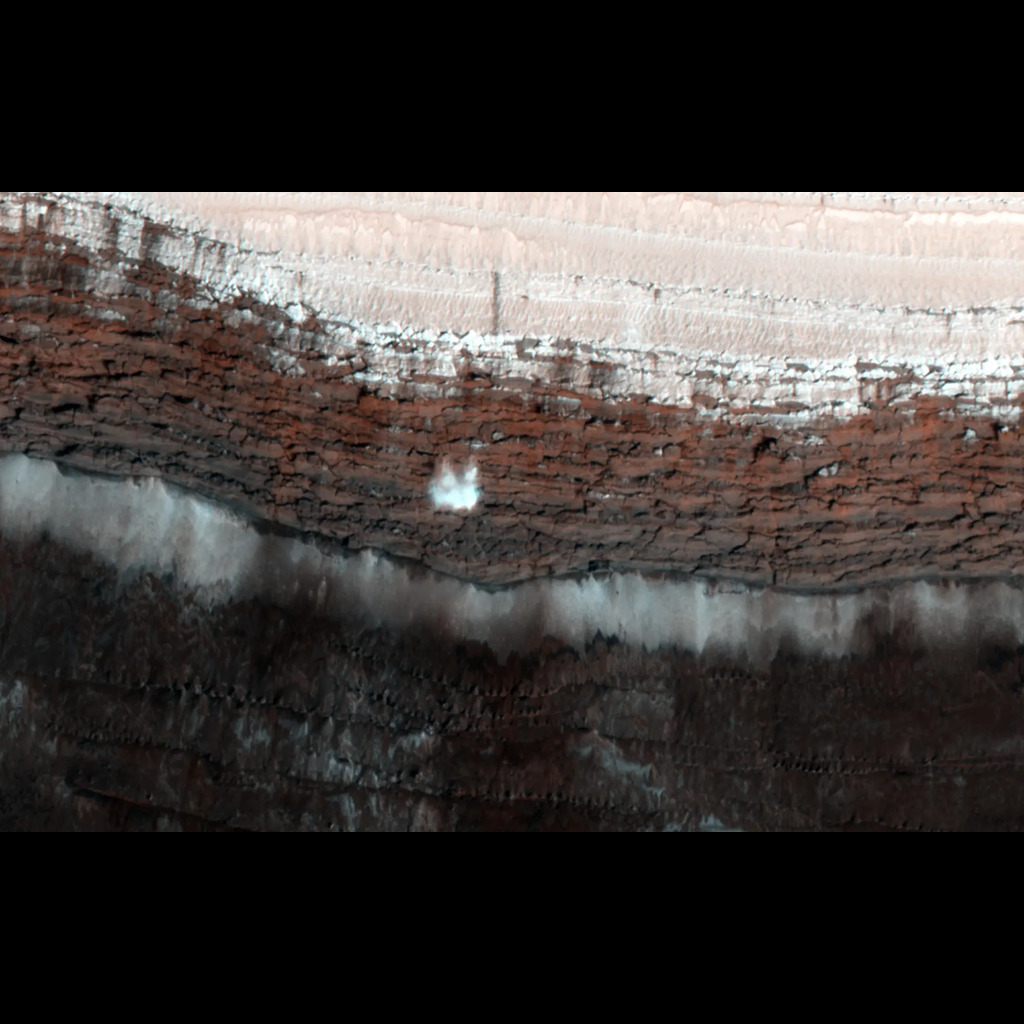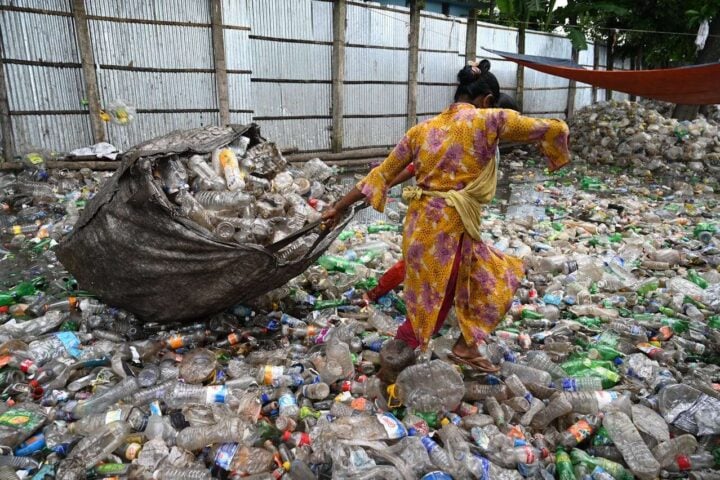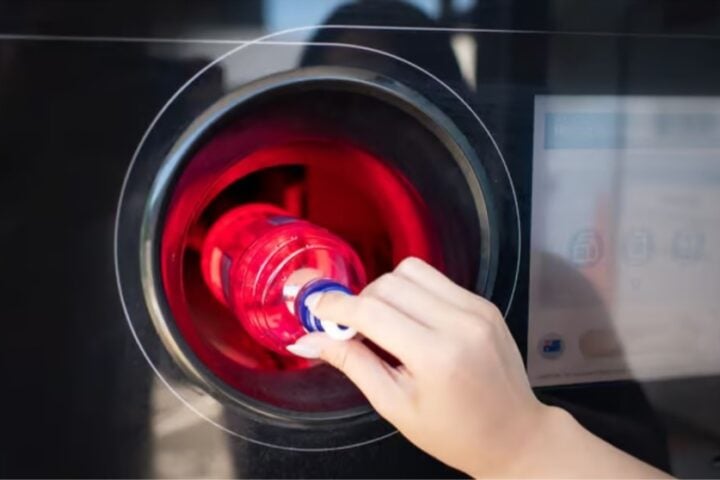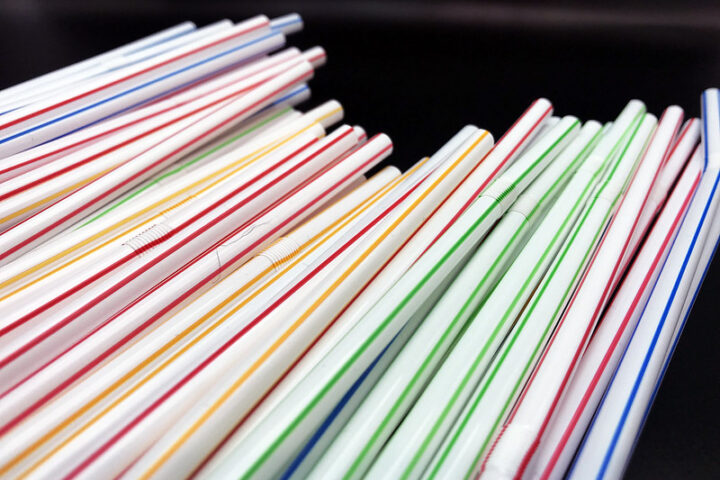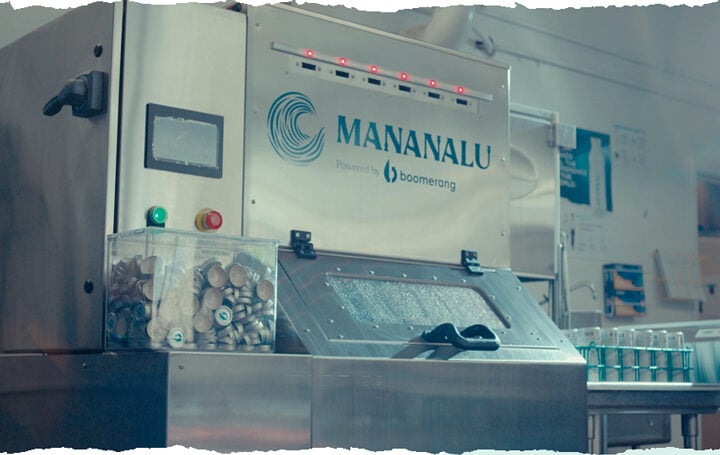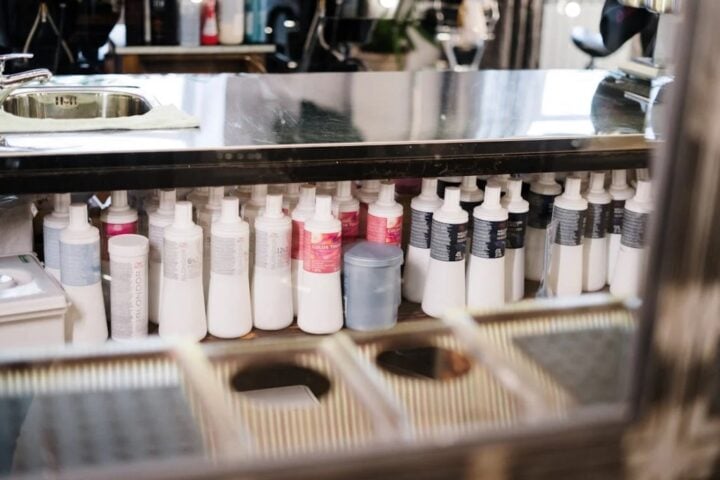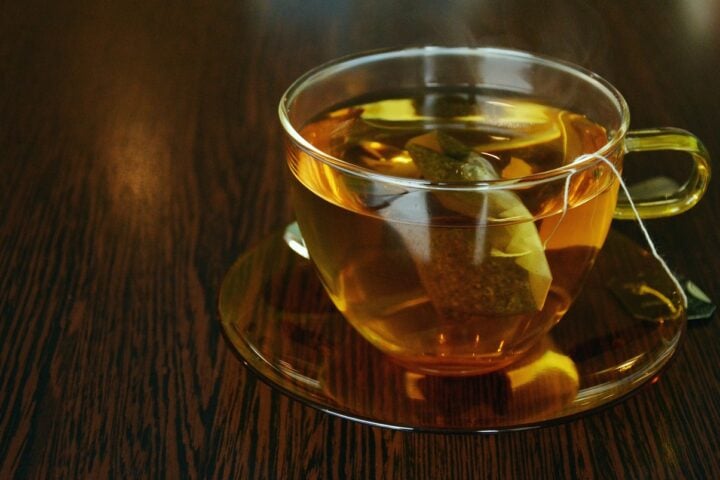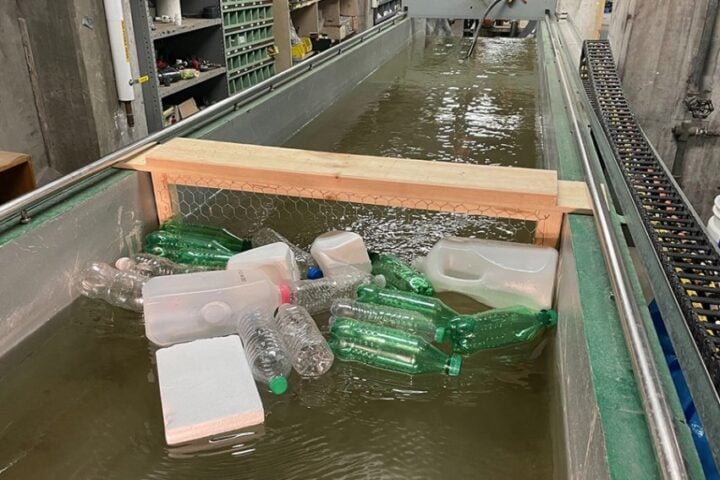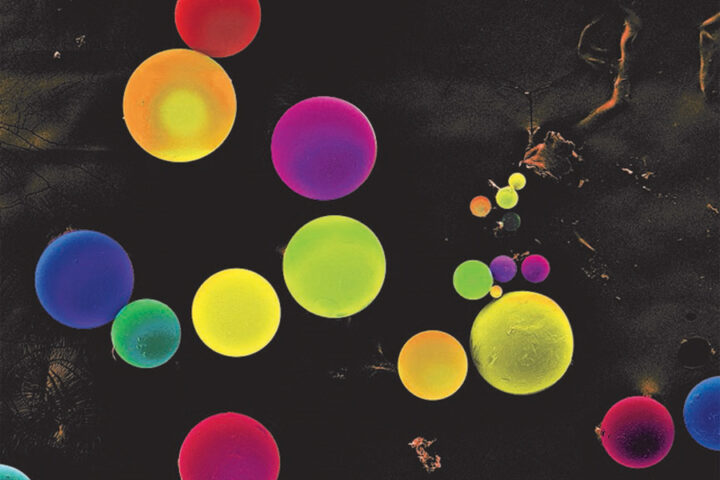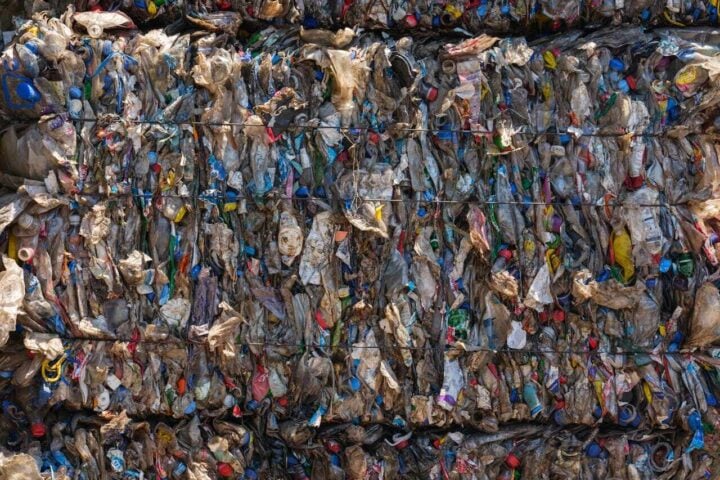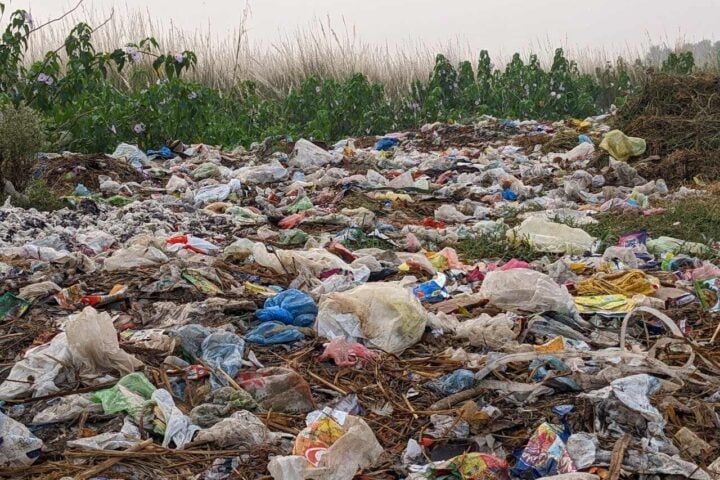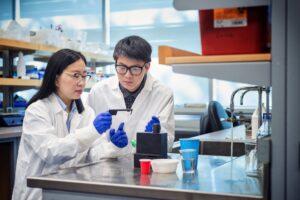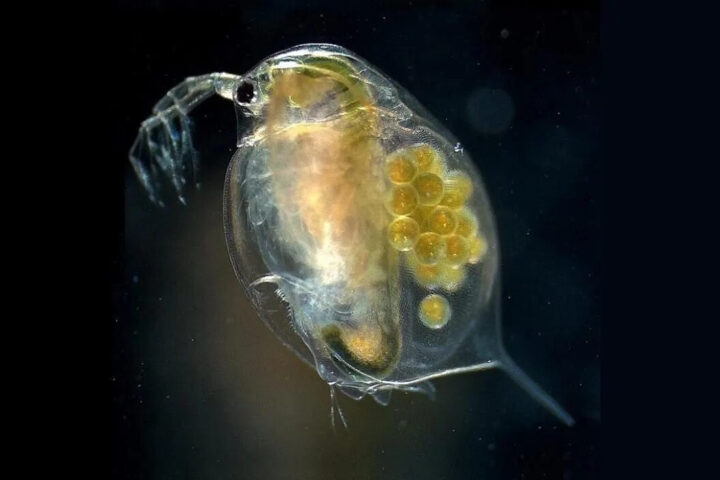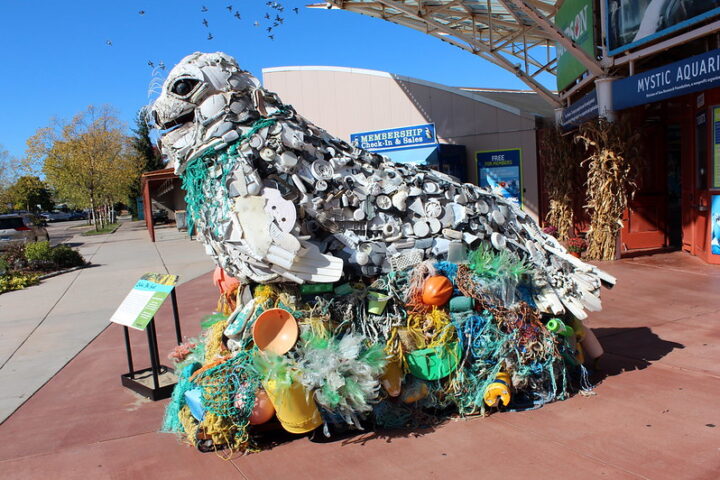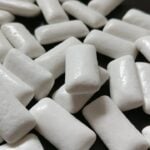A recent study by University of British Columbia researchers reveals mealworms can consume and process microplastics from face masks, presenting a possible biological approach to tackle the growing microplastic pollution crisis.
Dr. Michelle Tseng and Shim Gicole from UBC’s Department of Zoology conducted experiments feeding mealworms with ground-up face masks mixed with bran. The study, published in Biology Letters, demonstrated these resilient insects consumed approximately 150 microplastic particles each over a 30-day period, effectively processing about half the available microplastic material.
“Perhaps we can start viewing bugs as friends. We’re killing millions of insects every day from general pesticides – the very same insects we could be learning from to break down these plastics and other chemicals,” states Dr. Tseng, emphasizing the need to reconsider our relationship with insects.
The research distinguished itself by creating realistic conditions. Previous studies tested insects with pure microplastics in food-scarce environments, whereas this experiment mixed the particles with bran, offering a more practical scenario. The mealworms, known for their ability to survive without food or water for up to eight months, showed no adverse effects on survival or growth despite consuming microplastics.
The study found mealworms excreted four to six plastic particles per milligram of waste. The research team observed these insects continued to gain weight throughout the experiment while consuming the microplastic mixture.
Similar Posts
While these findings offer promise, several practical challenges remain unaddressed. The scale required for industrial implementation and the time needed for significant plastic reduction require further investigation.
The study’s focus on face masks adds relevance to contemporary waste management challenges but represents only a fraction of the diverse plastic waste spectrum requiring solutions.
Future research will examine the insects’ digestive mechanisms for breaking down microplastics, aiming to scale these natural processes into larger waste management solutions.
This scientific advancement, while promising, requires extensive development before practical implementation. As plastic production continues globally, immediate action through existing reduction and recycling methods remains crucial alongside research into innovative solutions.
